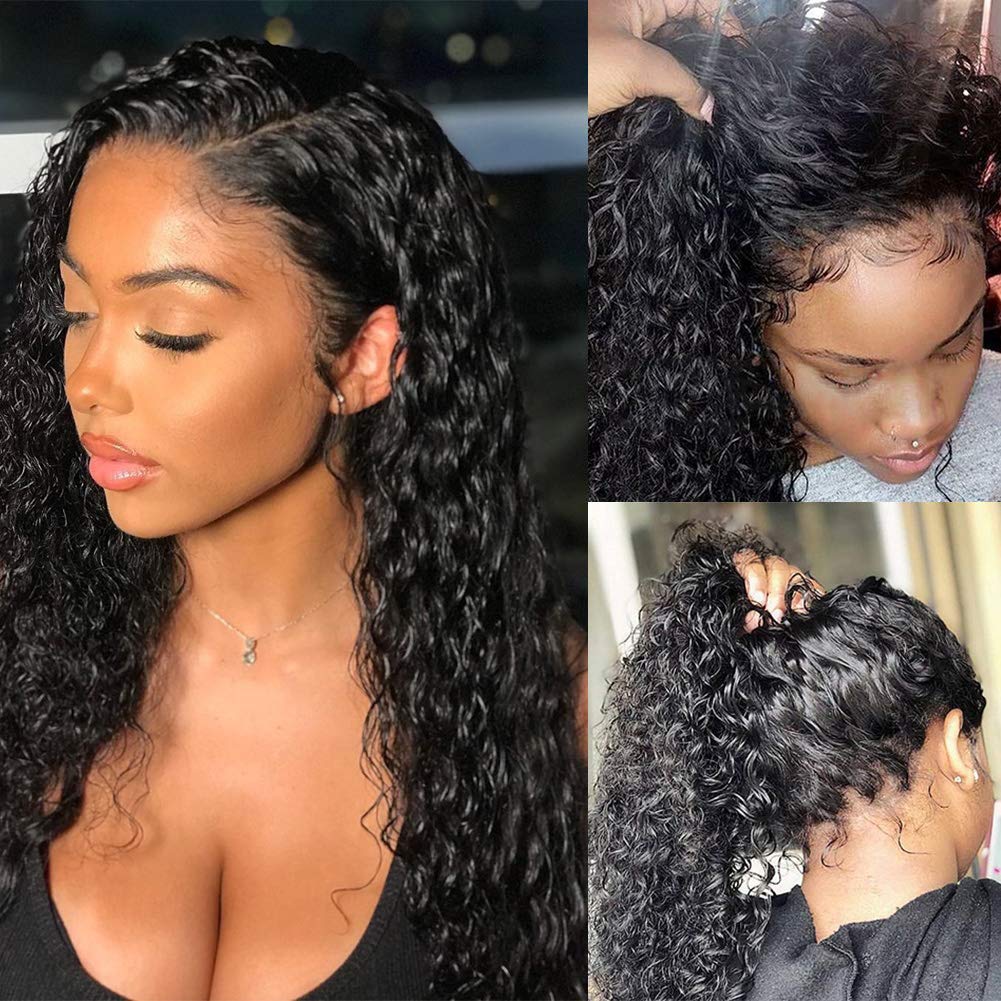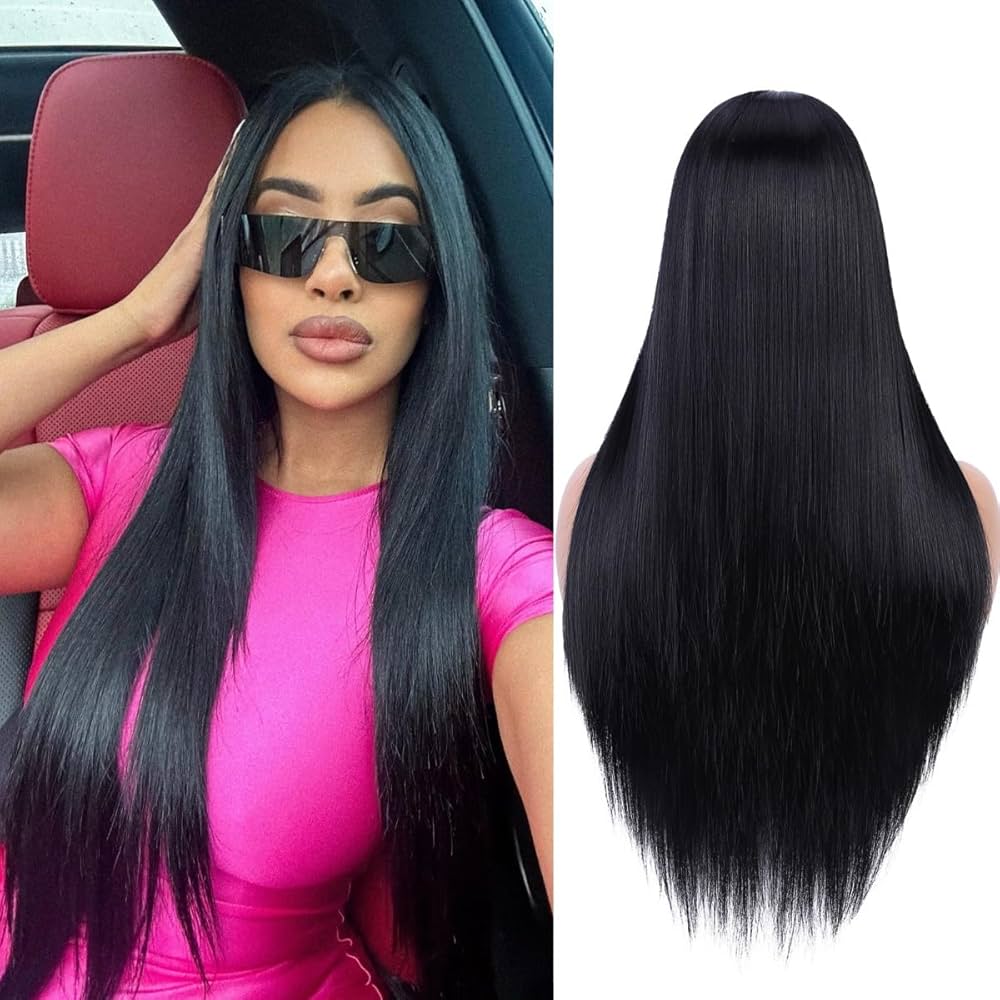
Unraveling the Wig Tradition: British Lawyers’ Attire
The Historical Significance of Wigs in British Law
Wigs have long been a key part of British legal attire. Initially, they emerged as fashionable items due to syphilis-related hair loss. The trendsetter was France’s Louis XIV, followed by Charles II of England. By 1685, full-length wigs were essential for British courtroom dress. Why do british lawyers wear wigs? The purpose was not only to cover signs of illness but also to signal professionalism and elitism. During the 17th century, wearing wigs was a privilege of the wealthy.
The less affluent used goat hair or human hair. Over time, wigs represented more than fashion. They conveyed the gravity and solemnity of law. In the UK, judges and barristers wearing wigs became a symbol of legal authority and tradition. Despite fashion changes, wigs remained in courtrooms long after they left social scenes. Even today, for criminal cases, wigs are part of the dress code. They honor the rich history of common law and respect for the proceedings.

The Visual Symbolism of Legal Attire
The wigs worn by British lawyers aren’t just for show. They serve as potent symbols in the courtroom, imbuing the proceedings with a reverence and uniformity that underscores the legal process. The anonymity afforded by the wig is paramount. It provides a visual barrier between the person and their role in upholding the law. Here, we delve into why British lawyers don these distinct wigs, what they represent, and how they contribute to the ritual and solemnity of the courtroom.
Anonymity and Equality
Wearing a wig enforces the idea that justice is blind. It strips away individual identity, ensuring all barristers appear equal before the court. This minimizes personal biases and focuses attention on the law itself.
Uniformity and Tradition
Wigs unify the legal attire, linking current practitioners to the long lineage of legal professionals. They echo centuries of legal tradition, reinforcing a sense of continuity and heritage.
Solemnity and Formality
The unique attire, including the wig, introduces a solemn atmosphere to the courtroom. It signals the seriousness of the occasion, reminding all present of the gravity of legal adjudication.
Visual Separation of Roles
Distinctive wigs help differentiate the roles within the judicial system. Judges, barristers, and solicitors each have specific styles, signifying their responsibilities and standing.
The wig’s role as a symbol extends beyond aesthetics to the core of the British legal system. It’s a visual cue to the enduring values of fairness, tradition, and respect for the rule of law.

Modern Views on Traditional Court Dress
The debate on legal attire, particularly the wearing of wigs, is active in modern times. Opinions on the tradition are clearly divided. Some argue that this unique dress code is becoming outdated. They see it as an unnecessary carryover from a bygone era. Others stand firm, insisting that the traditional attire upholds the solemnity and dignity of the legal profession. Wearing a wig, they say, separates the personal from the professional.
Resistance to Change
Among those who resist change, wigs are seen to level the playing field. Lawyers of all ages and backgrounds look similar, promoting equality in the courtroom. This can help less experienced barristers feel as credible as their seasoned counterparts.
Calls for Modernization
Why do british lawyers wear wigs?Conversely, there are calls for a more relatable legal system. Critics suggest that wigs and robes might make the law seem inaccessible or out of touch. They point out that, without wigs, the legal profession could appear more modern and approachable. The conversation also touches on comfort, with some barristers finding wigs hot and uncomfortable during long trials.
Symbol of Authority
Despite contrasting viewpoints, the wig remains a symbol of authority for many. It reinforces the gravity of courtroom proceedings and the respect that the law commands. For supporters, the wig is more than an attire – it is a vital aspect of British legal identity.
The Impact on Public Perception
The public’s perception is another key factor. The traditional dress might shape how the public views justice being served. While some may find comfort in the historical continuity, others could feel distanced by the formality.
In sum, the modern view on traditional court dress, including the wearing of wigs, is split. This attire continues to be a subject of discussion as the legal community grapples with the balance between tradition and modernity.
Comparing Barristers’ and Judges’ Wigs
Barrister Wigs
Barrister wigs are known as perukes. Why do british lawyers wear wigs?They have curls and go to the neck. They symbolize formality and are a nod to history. Barristers wear them to show respect and tradition in court. These wigs cost around $600 and are made of horsehair.
Judges’ Wigs
Judges’ wigs, called bench wigs, are fancier. They have fuller tops and tight curls below the shoulders. These wigs show the judges’ high status. They cost more than barristers’ wigs, about $3,000. They reflect authority and command respect in courtrooms.
Differences and Similarities
Both types of wigs add solemnity to the legal process. However, judges’ wigs are more costly and ornate. Barrister wigs are simpler but still essential for courtroom attire. Wigs show that law is fair and the tradition stands strong. They separate personal identity from professional roles. Both wigs maintain the heritage of British law despite modern debates.

The Cost and Craftsmanship of Legal Wigs
The iconic legal wigs carry not just tradition, but also a significant price tag. Their cost reflects both the craftsmanship involved and their status within the legal system. Let’s examine the financial and skilled labor investment in these distinctive pieces of legal attire.
Expense of Legal Wigs
Legal wigs are an investment. A barrister’s wig, or peruke, can cost upwards of $600. Judges’ bench wigs fetch even higher prices, often exceeding $3,000. This expense underscores the wigs’ importance in court.
Handcrafted with Precision
These wigs are often handmade, involving meticulous styling, sewing, and gluing. Craftsmen work with 100 percent horsehair, ensuring quality and authenticity. The making of a wig can be a painstaking process, reflecting centuries-old traditions.
The Value of Horsehair
Horsehair is the preferred material for its fine quality and durability. It holds the curls well, significant in a wig’s design. This material contributes to both the costliness and the authoritative appearance of the wig.
Synthetics as an Alternative
While traditional wigs are horsehair, synthetic options are available. These serve as a cost-effective alternative. However, they may lack the prestige of their horsehair counterparts.
Overall, legal wigs represent not only a significant financial outlay but also an investment in a longstanding tradition. Their cost and craftsmanship symbolize the dignity and history of the British legal system.
Legal Wig Variations: From Ceremonial to Daily Court Attire
Legal wigs showcase a wide range of styles serving different purposes. Their variations highlight the level of formality required for various legal occasions. Understanding these differences is key in appreciating the depth of this tradition.
Ceremonial Wigs
For special occasions, judges don a “full-bottomed” wig. It’s long, ornate, and signals high rank and ceremony. These events underscore the legal profession’s heritage. The pomp and splendor of such wigs reflect the magnitude of formal court events.
Daily Court Wigs
In daily practice, barrister and judge wigs differ. A barrister’s wig is typically shorter with side curls. Known as a ‘peruke’, it’s designed for regular court sessions. Meanwhile, judges wear a bench wig. This is simpler but still an emblem of their authority.
Bench Wigs vs. Perukes
Bench wigs are fuller and cost more than barrister wigs. Perukes are less elaborate but carry similar symbolic weight. Both types play into the court’s visual narrative, reinforcing status and tradition.
The Practicality of Wearing Wigs
Wigs in court can be hot and cumbersome. Yet, they ensure that legal professionals are seen first as representatives of justice, rather than as individuals. This cloak of anonymity is both a practical and philosophical choice within the legal system.
Transitioning to Modern Attire
Some courts now opt for simpler attire without wigs. This shift reflects a push for a more relatable judiciary. Despite this, many legal practitioners still adhere to the traditional dress code.
The traditional legal attire, including the varied wigs, is more than just a dress code. It embodies the legal profession’s respect for the past and its role in the present legal process.

The Debate over the Future of Wigs in the Legal Profession
The future of wigs in British legal attire is a contentious topic. Some argue their time has passed. They believe wigs belong in history, not in modern courts. Others insist wigs are vital for tradition and formality. They see wigs as key to the legal profession’s identity. This debate raises important questions about identity and modernity versus heritage and tradition.
Pros of Keeping Wigs
- Uphold Tradition: Wigs honor a longstanding legal history.
- Promote Anonymity: They help keep focus on the law, not the lawyer.
- Equalize Appearance: Wigs provide a uniform look that levels the courtroom playing field.
- Symbolize Authority: Wigs might command respect and maintain courtroom decorum.
Cons of Keeping Wigs
- Feel Outdated: Some view wigs as relics, irrelevant to today’s society.
- Impede Modernization: Wigs could hinder the legal profession’s progress.
- Potentially Intimidating: Their formality may seem imposing to the general public.
- Comfort Concerns: Lawyers often find wigs hot and uncomfortable during long sessions.
The legal community is split. The cost, comfort, and contemporary relevance of wigs all weigh in this debate. Lawyers and judges must consider the image they wish to project. Do they prioritize the profession’s historical gravitas or a more accessible, relatable judiciary?
In conclusion, the conversation about wig usage in court is ongoing. It reflects broader discussions about the role and perception of justice. As society evolves, so too may the traditions of its legal institutions.
The Role of Legal Attire in Professional Identity
Legal attire shapes how lawyers view themselves and are seen by others. It’s a critical part of their professional identity. For British lawyers, this includes not only suits and robes but also wigs. This attire sets them apart from other professionals.
Signifying Membership and Belonging
Wigs and robes signal a barrister’s membership in a storied legal community. They mark a rite of passage into the profession.
Establishing Credibility
The formal dress implies professionalism. It instantly grants credibility in the eyes of clients and the court.
Creating a Distinct Appearance
Unlike regular office attire, legal dress is unique. It instantly identifies someone as part of the legal system.
Reinforcing Roles and Responsibilities
The attire reflects roles within the court. It’s a daily reminder of a lawyer’s duties and the trust placed in them.
Balancing Tradition and Modernity
While some argue for modern clothing, the traditional wig and robe hold on. They are symbols of a legacy that many wish to preserve.
In short, legal attire, especially wigs, plays a significant role in defining and expressing the professional identities of British lawyers. It underscores their place in legal history and the continuing narrative of law and justice.

